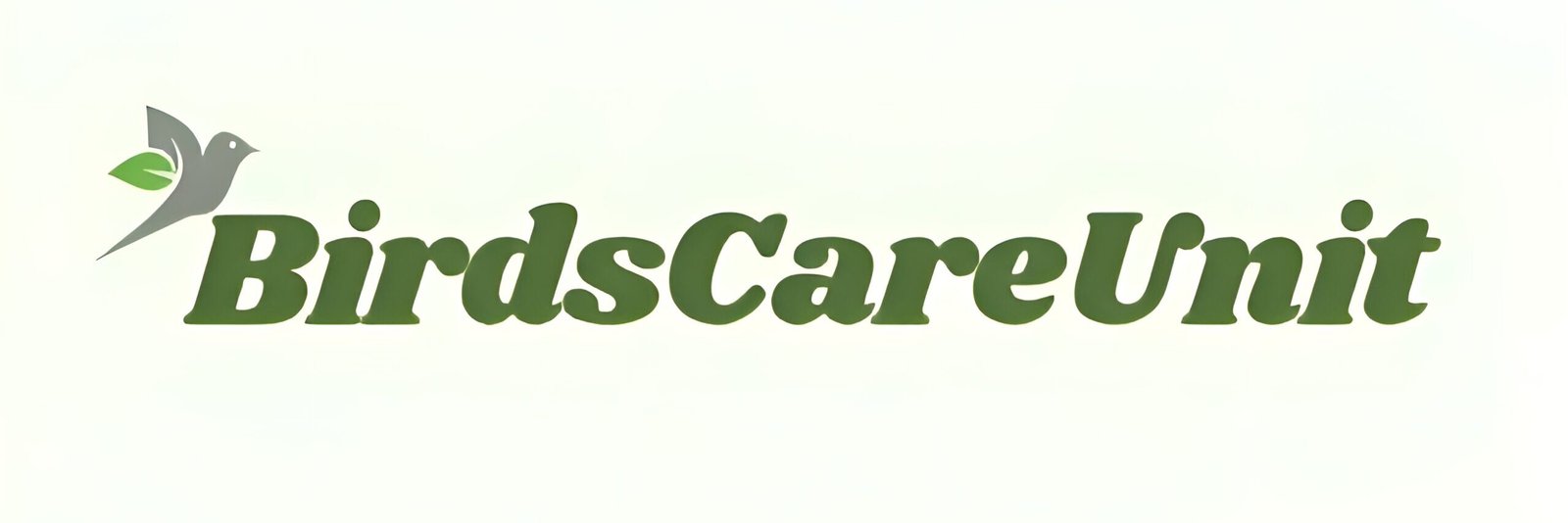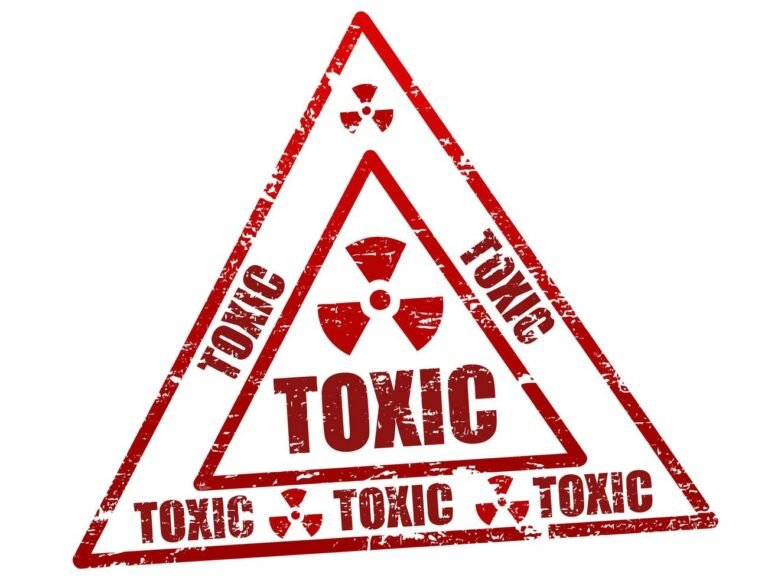How to Clean and Disinfect Cockatiel Cage

Introduction
I always believe that pet birds or animals have unique features that bring joy to breeders and owners. As a passionate bird breeder, especially focused on cockatiels, my journey with these amazing birds began in my childhood. A close friend gifted me a pair of cockatiels, sparking a lifelong passion for their care and breeding. After many ups and downs, I now find myself with a thriving colony of hundreds of cockatiels.
To achieve the best results as a bird breeder, keeping your cockatiels’ environment clean and disinfected is crucial. Without proper hygiene, you can’t expect the desired results. That’s why it’s essential to ensure their cages and nesting boxes are always spotless. In this blog post, I’ll share how to clean and disinfect a cockatiel’s cage effectively. I believe these tips will help you immensely if followed thoroughly.
Why Is Cleaning Important for Cockatiels?
Cockatiels are naturally playful and active birds, which means they spend a lot of time interacting with their environment. If their cages are not properly cleaned, dirt, bacteria, and mold can accumulate, leading to various health issues, such as respiratory problems or infections. In addition to keeping your birds physically healthy, a clean cage also contributes to their mental well-being, ensuring they have a fresh and comfortable environment to explore and live in.
Maintaining a regular cleaning routine not only keeps your cockatiels happy and healthy but also makes the task less daunting. Regular cleaning prevents the buildup of grime and makes the process quicker and easier over time. Whether you’re new to bird care or a seasoned breeder like myself, establishing a thorough cleaning and disinfecting routine is essential for your cockatiels’ long-term health.
Step-by-Step Guide to Cleaning and Disinfecting a Cockatiel Cage
Let’s break down the process into easy-to-follow steps so you can ensure your cockatiel’s cage is always in top shape.
Step 1: Prioritize Safety – Remove Your Bird
Before starting the cleaning process, it’s crucial to prioritize your bird’s safety. Cleaning products and water can be harmful or stressful to your bird, so the first step is to remove your cockatiel from the cage and place them in a secure, temporary location. You can transfer them to a smaller temporary cage, a carrier, or even a safe room where they can fly around for a bit of exercise while you clean. Make sure their temporary space has food, water, and toys to keep them occupied and comfortable.
Step 2: Dispose of Waste with Care
Once your bird is safe, it’s time to begin cleaning. Start by disposing of any accumulated waste, including droppings, uneaten food, and soiled bedding. Cockatiels tend to be messy eaters, so you’ll often find scattered seeds and debris at the bottom of the cage. Remove these using a small dustpan or trash bag, being careful not to let any dust or waste particles spread into the air.
Proper waste disposal sets the foundation for a clean cage and prevents harmful bacteria from growing. Additionally, if your cockatiel uses paper liners or other bedding materials, be sure to replace them regularly to avoid bacteria buildup.
Step 3: Thorough Disassembly
To thoroughly clean your cockatiel’s cage, disassembly is key. If your cage has removable trays, perches, or other components, take these apart to ensure you can clean every corner and surface. Trays, perches, and toys often collect grime and droppings, so they require extra attention.
By disassembling the cage, you can access hard-to-reach areas where dirt tends to accumulate, ensuring a comprehensive cleaning job.
Step 4: Scrub with Precision
Now that the cage is disassembled, it’s time to start scrubbing. Use a mild soap or bird-safe cleaner with warm water to scrub the cage thoroughly. Focus on cage bars, corners, perches, and any toys that your cockatiel interacts with. These areas often harbor bacteria, so pay close attention to them.
Make sure you’re using a soft brush or sponge that won’t damage the cage’s material. Avoid harsh chemicals that can be toxic to birds. Instead, opt for mild, bird-safe products, or even create your own cleaning solution using water and a small amount of natural soap.
Scrubbing is essential to remove any stuck-on debris or stains that simple rinsing won’t eliminate.
Step 5: Rinse Away Residue
Once the scrubbing is complete, it’s important to rinse the cage thoroughly to remove any soap or cleaner residue. Any leftover cleaning product could be harmful if ingested by your bird, so don’t rush this step. Use warm water to rinse all cage components until they’re completely free of any soap or cleaner.
If you’re cleaning perches or toys made of wood, make sure to rinse them well and ensure they dry completely before putting them back in the cage, as moisture can lead to mold growth in wooden surfaces.
Step 6: Effective Disinfection
Disinfection is an important step to ensure any harmful bacteria or germs are eliminated. For this, you can use a bird-safe disinfectant or make a simple vinegar and water solution (about one part vinegar to two parts water). Vinegar is a natural and safe disinfectant that can effectively kill bacteria without harming your cockatiel.
Spray the disinfectant generously onto all surfaces, including the bars, perches, and toys. Let the disinfectant sit for a few minutes to ensure it works effectively, then rinse thoroughly again to remove any lingering solution.
Step 7: Ensure Proper Drying
After the cage is cleaned and disinfected, it’s crucial to allow it to dry completely before reassembling it. If the cage is reassembled while still damp, it creates a perfect environment for mold and mildew to grow, which could harm your cockatiel’s health.
Allow the cage components to air dry in a well-ventilated area. Alternatively, you can wipe down the parts with a clean, dry cloth to speed up the drying process.
Step 8: Fresh Bedding and Accessories
Once the cage is completely dry, it’s time to reassemble everything. Replace the bedding with fresh paper liners or another bird-safe material. Make sure the perches, food dishes, and water containers are clean and dry before placing them back inside.
As for toys, cockatiels love to play and chew, so make sure their toys are clean and safe. Regularly rotating toys can keep your bird entertained and mentally stimulated, so feel free to introduce new toys after cleaning.
Step 9: Commit to Regular Maintenance
Establishing a regular cleaning routine is key to maintaining your cockatiel’s health. A clean cage prevents the spread of bacteria and keeps your bird comfortable. I recommend performing a full cage cleaning at least once a week, though you may need to clean more frequently if you have more than one bird or notice an accumulation of waste.
In addition to weekly cleanings, spot-clean the cage daily by removing any visible waste or food debris. This helps prevent dirt buildup and keeps the environment fresh for your bird.
Conclusion
By following these steps, you’re not just cleaning a cage; you’re ensuring your cockatiel’s health and happiness. Regular cage cleaning and disinfection are fundamental aspects of responsible bird ownership and play a significant role in your bird’s overall well-being.
Remember, a clean environment means a healthy bird. Cockatiels thrive in sanitary conditions, and by committing to a regular cleaning routine, you’ll help them lead a long, happy, and healthy life.
So, roll up your sleeves and give your cockatiel the sparkling clean home they deserve!


